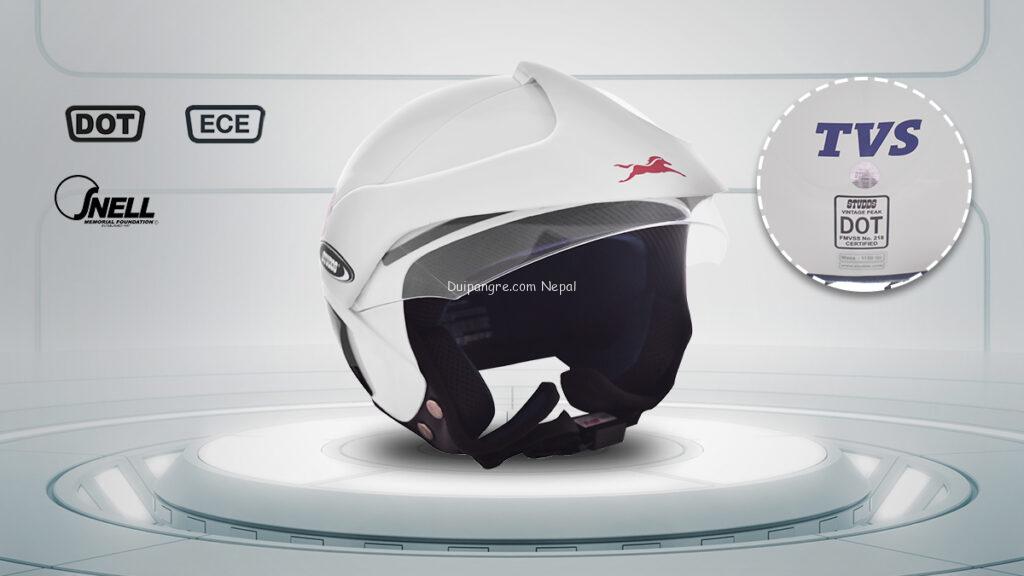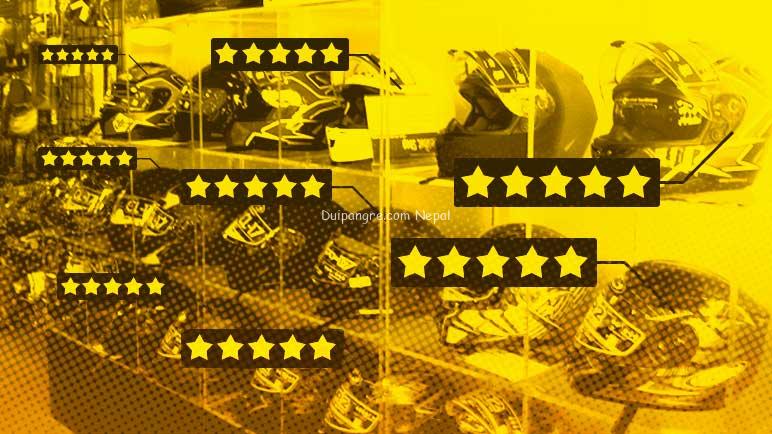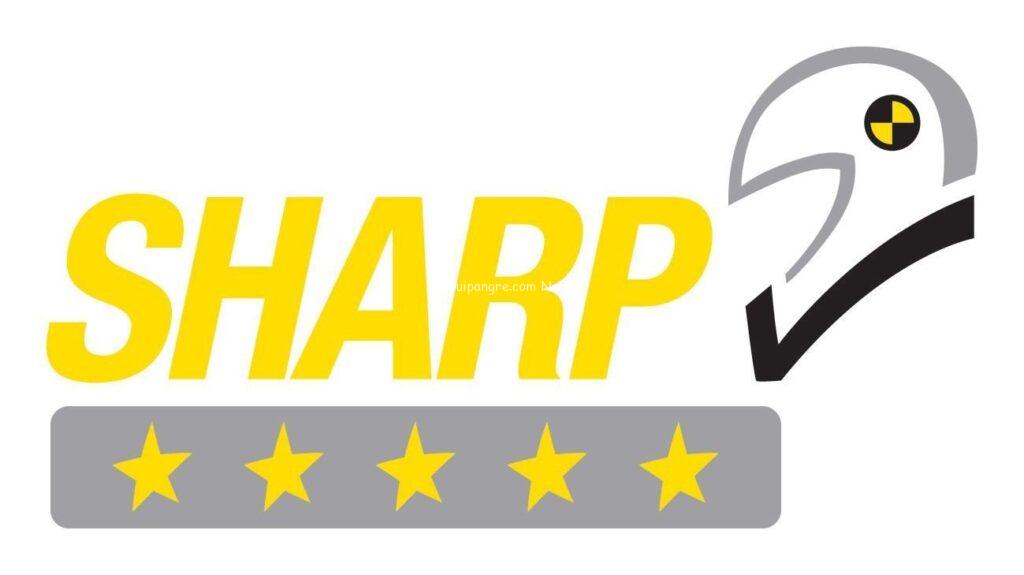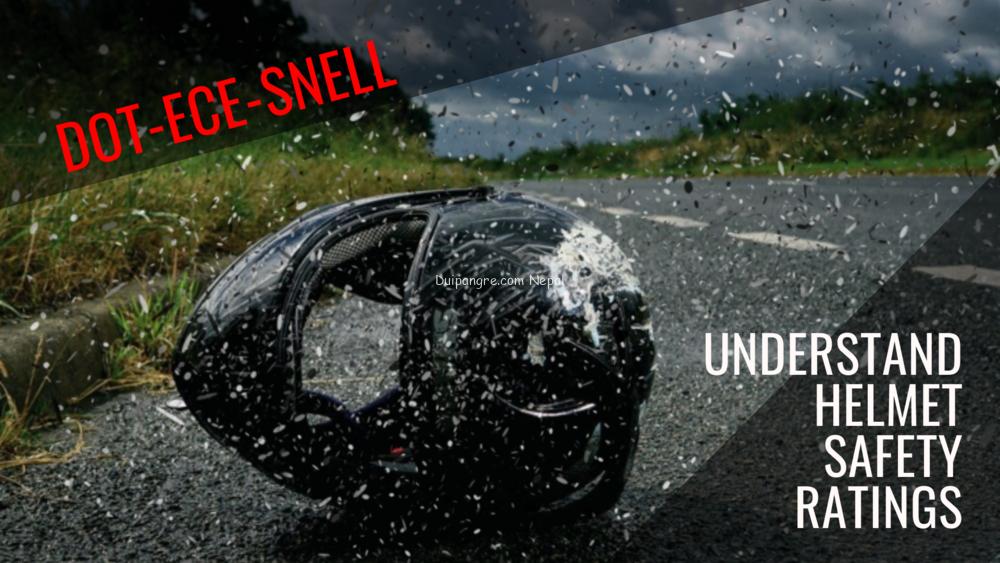
If you’re in the market for a new helmet, you might be wondering how to choose one that will keep you safe. One important factor to consider is the helmet’s safety rating. This article will explain what helmet safety ratings mean and how to use them to find the best protective headgear for your needs. We’ll also provide tips on properly caring for and maintaining your helmet to ensure it provides maximum protection.
Motorcycle helmet safety ratings

Several organisations test and rate the safety of helmet designs. These organisations use different testing methods and rating systems, so it’s important to understand the differences. Here are some of the most common helmet safety ratings.
1) Indian Standard Institute (ISI):

This is a government-approved testing and certification organisation in India. It is now known as the Bureau of Indian Standards (BIS). Helmets that meet ISI ratings are considered legal and safe in India.
2) SNELL Memorial Foundation (SNELL):

This non-profit organisation tests and certifies helmet safety. Helmets that meet the SNELL standards are considered some of the safest.
3) US Department of Transportation (DOT):

The DOT sets safety standards for helmet manufacturers in the United States. Helmets that meet these standards have a sticker with the letters “DOT” on the back.
4) Safety Helmet Assessment and Rating Program (SHARP):

SHARP is a helmet safety rating system developed by the United Kingdom (UK) government. Helmets that meet these standards have a label with the letters “SHARP” on the back.
5) Economic Commission of Europe (ECE):

The ECE is a helmet safety rating system developed by Europe and is applicable in more than 50 European cities. It is approved by most motorsport bodies such as Formula USA, MotoGP, and more.
Keep in mind that these are just a few of the many organisations that test and rate helmet safety. It’s always a good idea to do your research and choose a helmet that has been tested and rated by a reputable organisation.
ISI, SNELL, DOT, SHARP, and ECE: Which is the best?

When shopping for a new helmet, you’ll likely come across a variety of different safety ratings and certifications. Understanding the differences between these ratings can be confusing, but choosing a helmet that meets the appropriate safety standards is important. The following section explores five of the most common helmet safety ratings: DOT, ECE, ISI, SHARP, and SNELL. By the end, you’ll understand what each rating means, their differences, and which is the best choice for you.
1. DOT rating
This rating is required for all helmet manufacturers that sell helmets in the United States of America. To earn a DOT rating, helmets must pass impact and penetration tests and meet requirements for labelling and user information. The main advantage of the DOT rating is that the U.S. government recognises it, so you can be confident that it has been tested to meet certain safety standards.
2. ECE rating
This rating is required for helmets sold in several European countries and a few countries in Asia and South America. Like the DOT rating, the ECE rating is based on impact, penetration tests, and requirements for labelling and user information. One of the main differences between the ECE rating and the DOT rating is that the ECE rating has different test procedures and performance requirements for different types of helmets (e.g., motorcycle helmets, and bicycle helmets).
3. ISI rating
The ISI is similar to the DOT and ECE ratings in that it is based on impact and penetration tests, as well as requirements for labelling and user information. However, the ISI rating is specific to India and is required for all helmets sold in the country. It is recognised by the Indian Government and is widely accepted as a mark of quality and safety.
4. SHARP rating
It is a helmet safety rating system developed by the British government. It uses a star rating system to rate helmets on their performance in impact tests, with five stars being the highest rating. In addition to impact tests, SHARP also considers other factors such as the helmet’s field of vision, ventilation, and ease of use.
5. SNELL rating
This rating is not required by any government, but it is widely recognised as a mark of quality and safety. To earn a SNELL rating, helmets must pass a series of rigorous impact tests that are more stringent than those required for the DOT, ECE, and ISI ratings. In addition, SNELL-rated helmets must meet certain requirements for labelling and user information.
When to replace your motorcycle helmet?
Helmets are compulsory by law and critical to the safety of the rider and pillion. It is generally recommended to replace your motorcycle helmet every five years. However, there are some factors that can affect the lifespan of a helmet and may require it to be replaced sooner.
- Impact damage: If your helmet has been involved in a crash or has sustained any other type of impact, it is important to replace it even if it does not show any visible signs of damage. The internal structure of the helmet may have been compromised and may not provide adequate protection in the event of another impact.
- General wear and tear: Over time, the materials in a helmet can break down and become less effective at protecting your head. This can be caused by exposure to sunlight, heat, and other environmental factors.
It is recommended you wear helmets that fit correctly and are comfortable. In case, you find a helmet uncomfortable, ensure you get a new one that fits you that offers the right comfort.
How to choose the safest motorcycle helmet in 2023

Here are some tips for choosing the safest motorcycle helmet.
- Look for a helmet that has been certified by a reputable safety organisation, such as the ISI. ISI-certified helmets conform to the regulatory safety requirements of helmets being sold in India.
- Choose a helmet with a polycarbonate or composite shell. These materials are strong and provide good protection in the event of a crash.
- Look for a helmet with a sturdy chin strap and a quick-release system. This will help keep the helmet securely in place in the event of a crash.
- Consider the fit of the helmet. It should be snug but not too tight, and should not be able to move around on your head when you shake it.
- Look for a helmet with plenty of ventilation to keep you cool and comfortable.
- Consider replacing your helmet every five years or after any impact, even if it doesn’t show any visible signs of damage.
Frequently Asked Questions (FAQs)
Here are the answers to some of the common questions about helmet safety ratings.
What are helmet safety ratings?
Helmet safety ratings are a way to measure the performance of a helmet in protecting the head during an accident or mishap.
How can I tell if a helmet has a safety rating?
Look for a label or sticker that indicates it has been certified by an authorised organisation of the region. The label includes the organisation’s name and the specific rating of the helmet.
Read Now:- The Top 10 Bikes in the World.

Leave a Reply